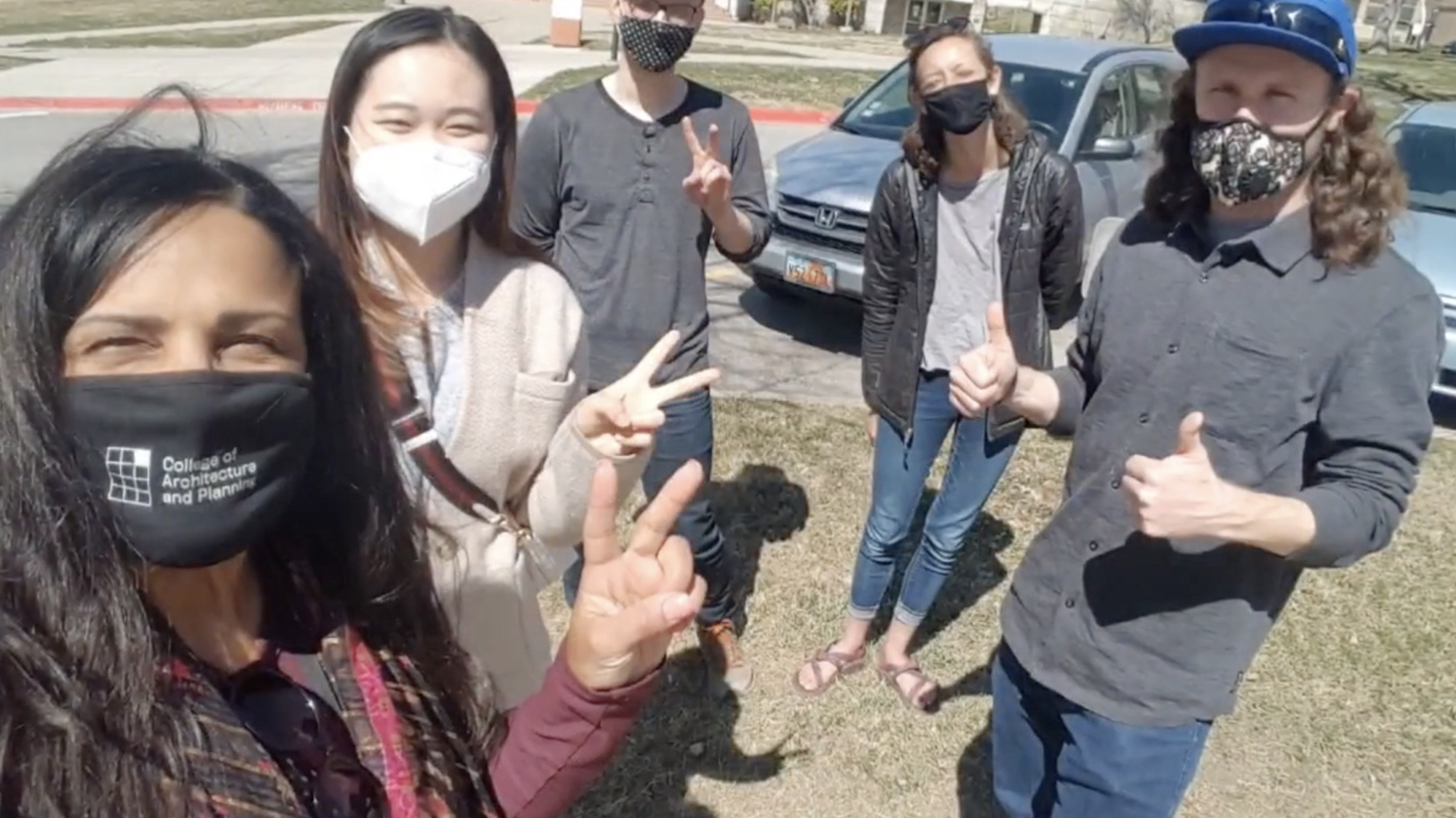
Throughout the semester, the SUST6000 Spring 2021 class listened to experts, engaged with campus and community professionals, and collaborated with peers around the central theme of climate and hazard resilience. They approached this topic through three actions:
STAKEHOLDER ENGAGEMENT
Students assisted with a virtual stakeholder meeting for the Western Water Assessment (WWA). The WWA is a university-based applied research program that addresses societal vulnerabilities to climate variability and climate change, particularly those related to water resources. This meeting focused on climate and hazard resilience in Utah, and was attended by various stakeholders, including community members, nonprofit as well as private organizations, industry, etc. The students helped facilitate the meeting and took notes. They then synthesized the stakeholders wants, needs, and asks, and recommended different approaches to meet those needs in a short report. This report will be used in Western Water Assessment's final report about the state of climate and hazard resilience in the state of Utah.
response to U of U climate resilience assessment report
Students read a draft of the U of U Climate Resilience Assessment. They were asked to reflect on the assessment with the context of the guest lecturers, activities, and over-arching ideas discussed in the course. They were then prompted to compose a narrative to provide a qualitative look into the theme.
Narrative Prompt: deeply consider the U of U Climate Resilience Assessment...how does it resonate with you? How does this knowledge connect with you? Do you feel what is presented in this assessment reflects what you feel is most important? Do you have an emotional response to any of it (ie: does it make you mad or proud of what the U is trying to address?) Do you have a story or experience that relates to these ideas, but now has deeper meaning? What other questions has this assessment/topic stirred up for you?
student-defined projects
Students worked in small groups to define and execute projects related to climate and hazard resilience. Read about each of these below.
Biking at the U: Path to Platinum Ranking
At universities across the country, cycling is a major form of transportation for students and employees alike. Cycling is encouraged as a means of reducing a school’s carbon footprint, encouraging social equity, and reducing overall traffic congestion. A university can submit their cycling policy and infrastructure plan to the League of American Bicyclists and receive a “Bicycle Friendly University” (BFU) ranking that measures the ease and accessibility of cycling on campus. Currently, the University of Utah holds a Gold BFU ranking, with the hopes of moving up to the highest ranking, Platinum. Students contributed to this effort by analyzing transit policies and programs from other Universities with a Platinum ranking to determine changes that may be undertaken by the University of Utah to further improve cycling on campus.
Read the student's recommendations to help the U achieve a Platinum ranking.
Read the final project report here.
Climate & Hazard Resilience and Mental Health
Summary: Our project focused on Climate and Hazard Resilience in Utah as it relates to mental health. We created an informative and interactive 2-page pamphlet in partnership with the Center for Student Wellness and University of Utah Counseling Center. The pamphlet mentions various ways climate change will affect Utah (inversions, fires, droughts, blizzards, heat waves, floods) as well as other natural hazards specific to Utah (tornadoes and earthquakes). In addition, the pamphlet addresses the mental health challenges one may face around these hazards (e.g. depression, anxiety, PTSD) and useful ways of managing one's mental health as it relates to these hazard events (e.g. emergency preparedness, movement, breathing, etc.) The pamphlet also contains a list of useful resources fo rhazard resilience as well as a list of resources for mental health resilience. Finally, a message of hope is included in the pamphlet to show that progress is being made to better the environment.
Read the final project report here.
Indoor Gardens for Climate Resilience
Growing plants for mental health and sustenance can not only lower the carbon footprint of transporting food from around the world to America, but can also increase the healthiness of one's lifestyle. Incorporating more fruits and vegetables into an individual's diet can increase lifespan and improve the quality of life. This can also cut down on the amount of water wasted in a home by watering your plants with water that would typically go to the cycling plant or evaporate, reducing the amount of energy needed to recycle the water.
The immediate benefits from the indoor garden are increased green space inside your home, the ability to reuse your greywater, and a feeling of self-accomplishment from having started your garden. This was followed shortly later by being able to harvest the fruit of your labor and add flavor to your current diet. This project demonstrates how easy it is to obtain fresh fruits and vegetables from your very own home and continue planting into the future.
Read the final project report here.
<–Back to Global Changes and Society projects, all years.

